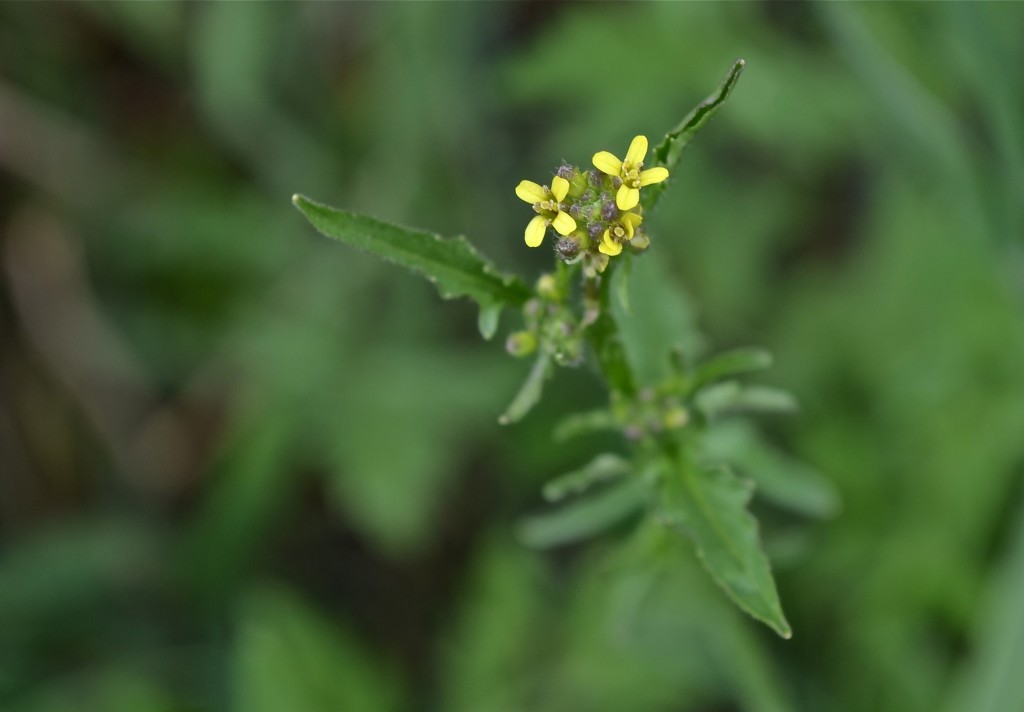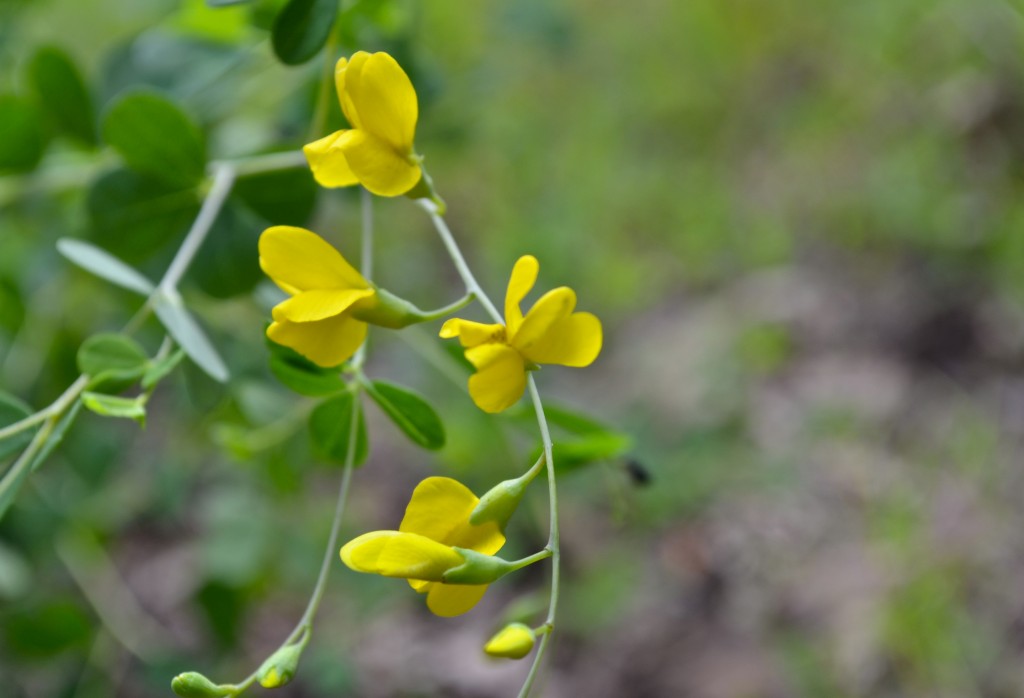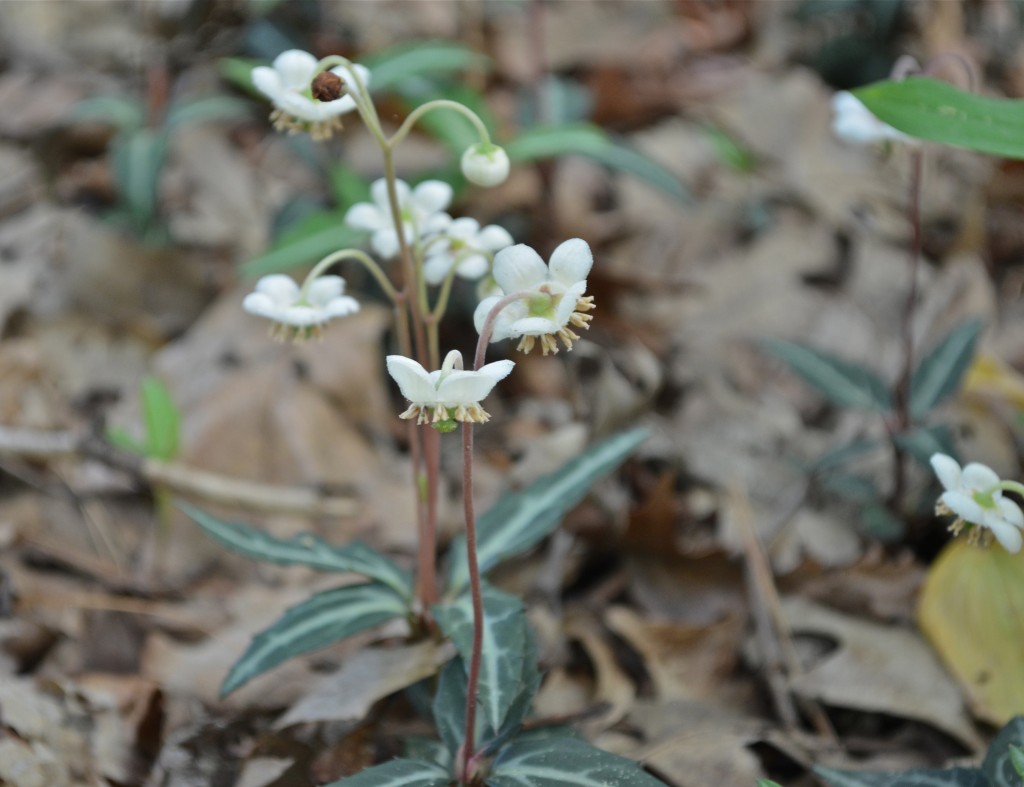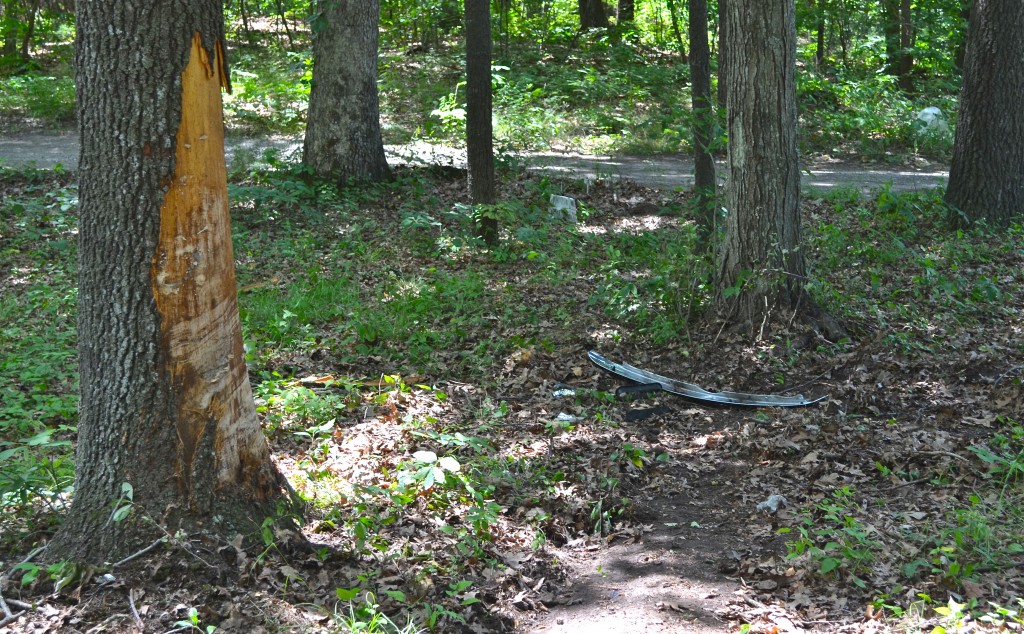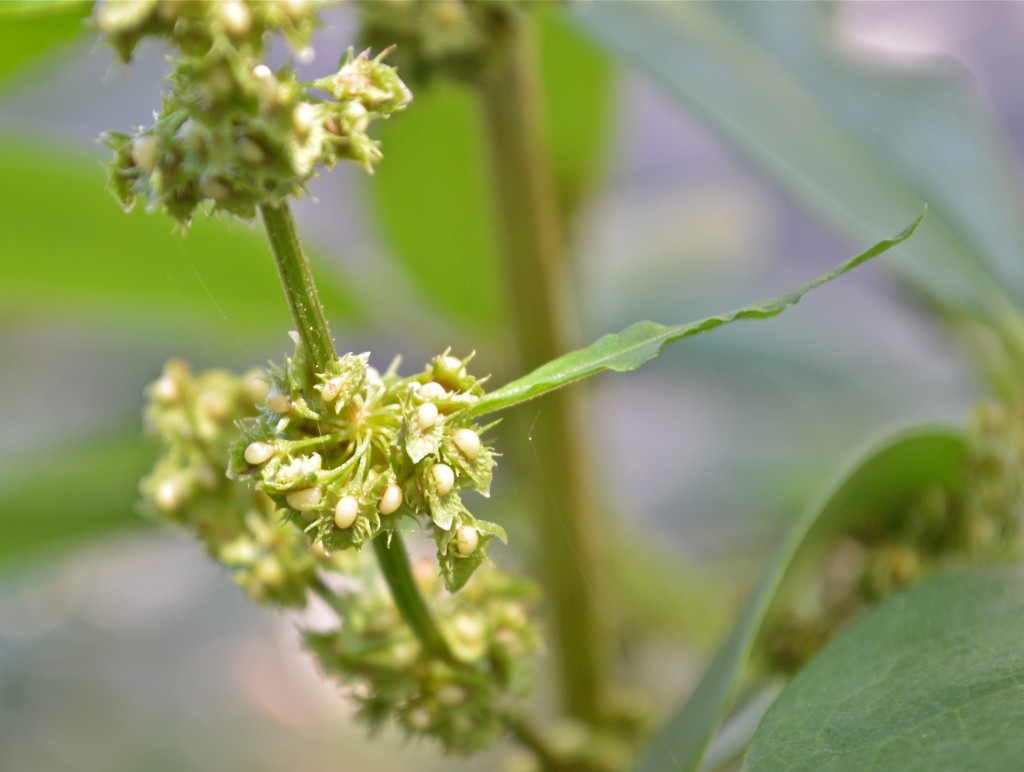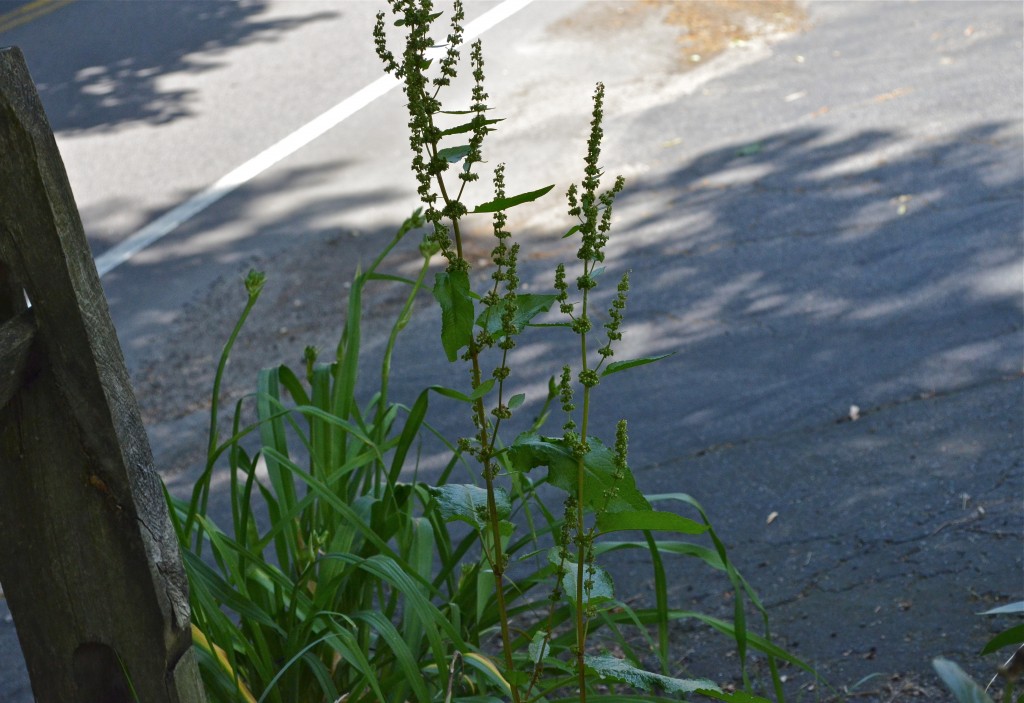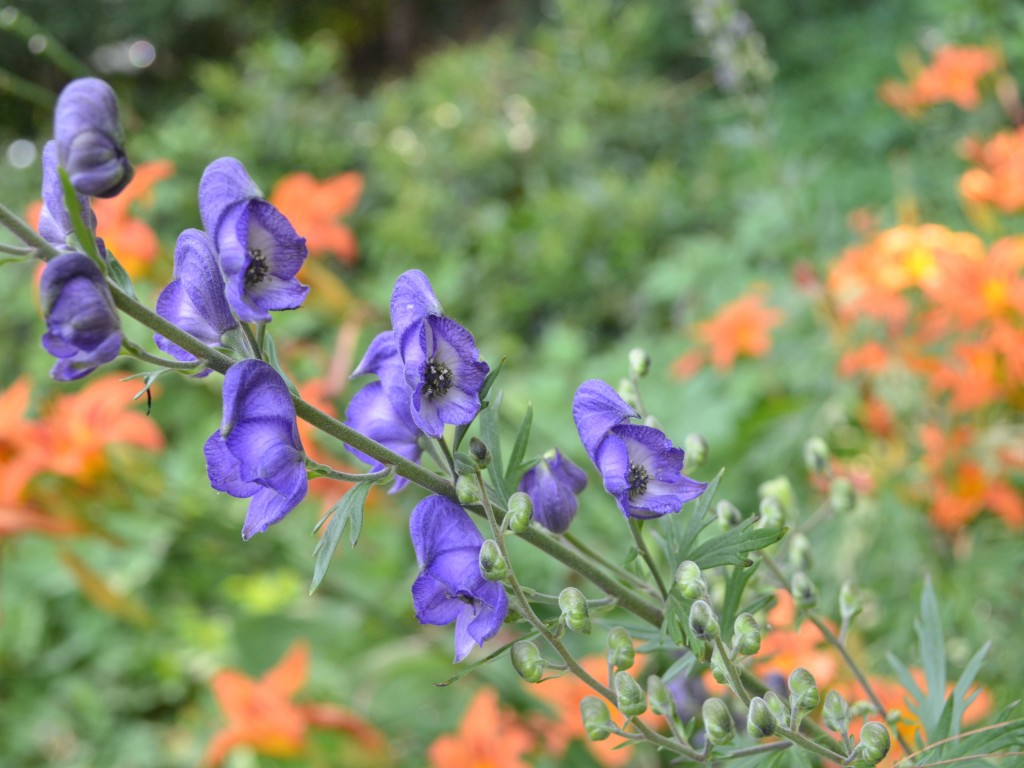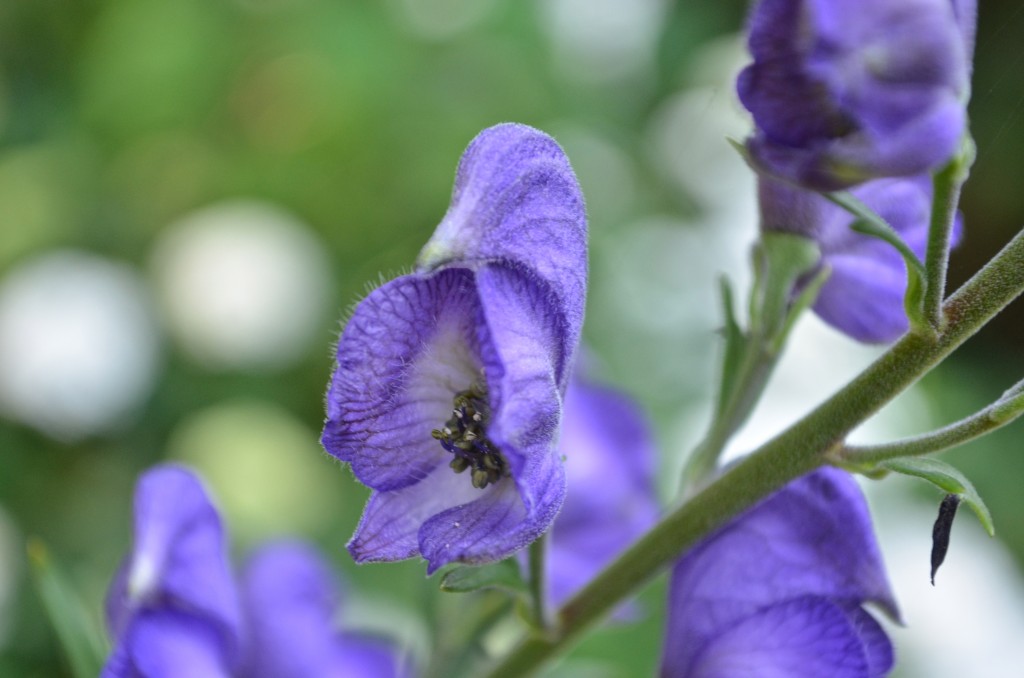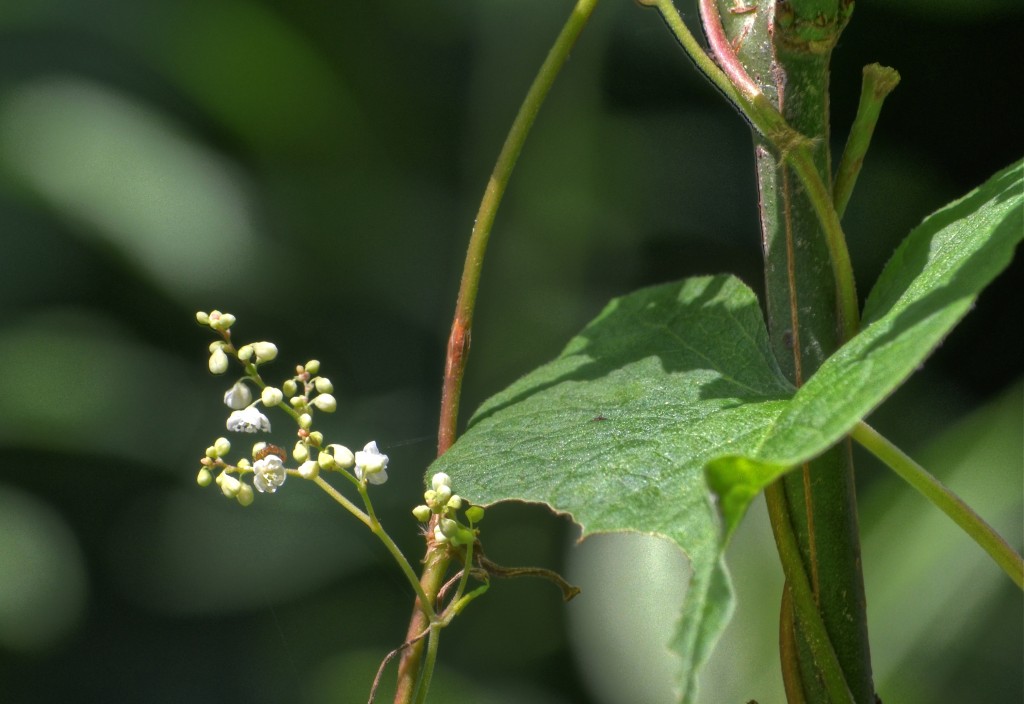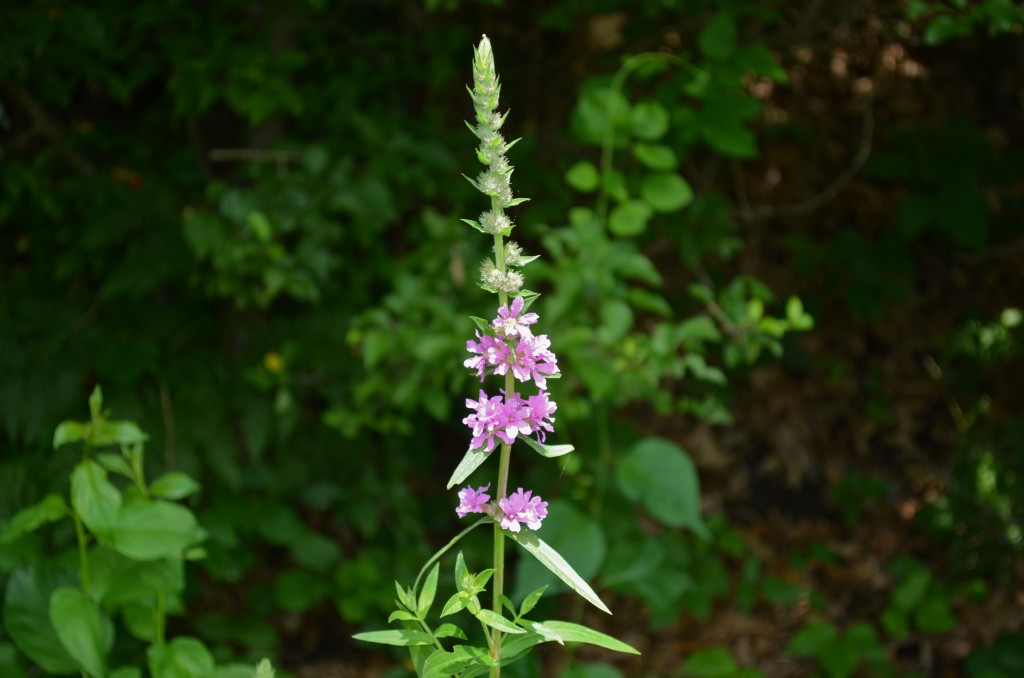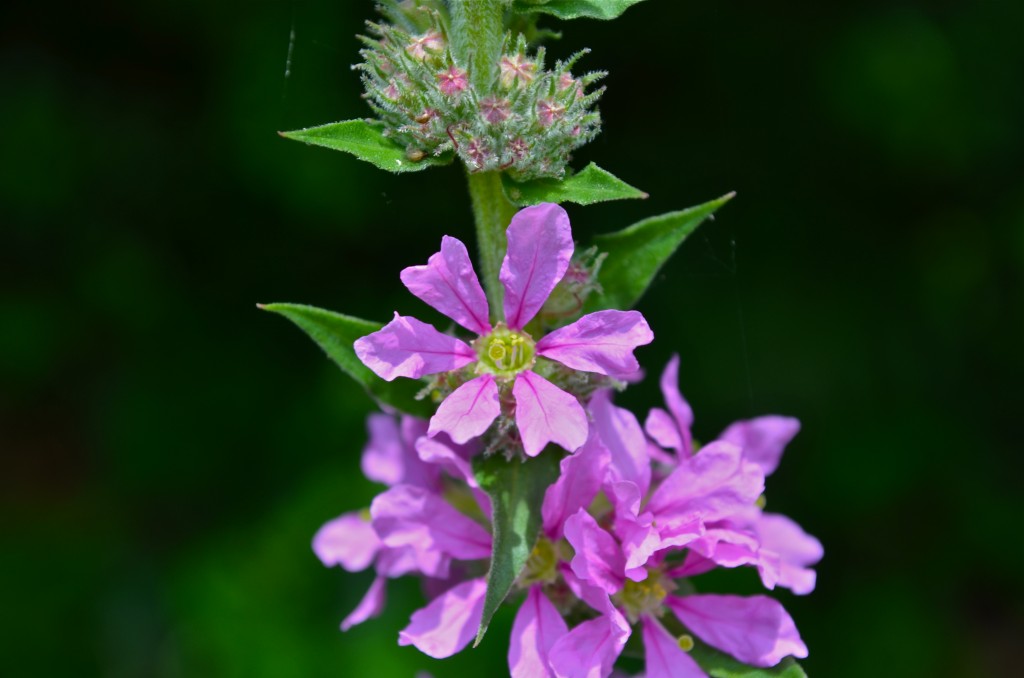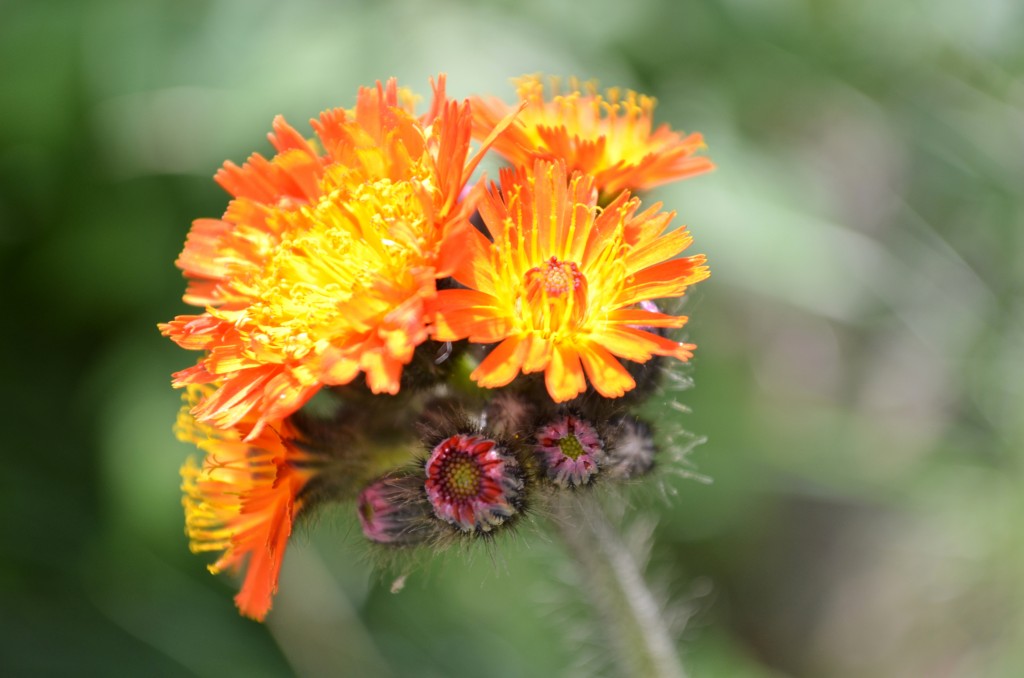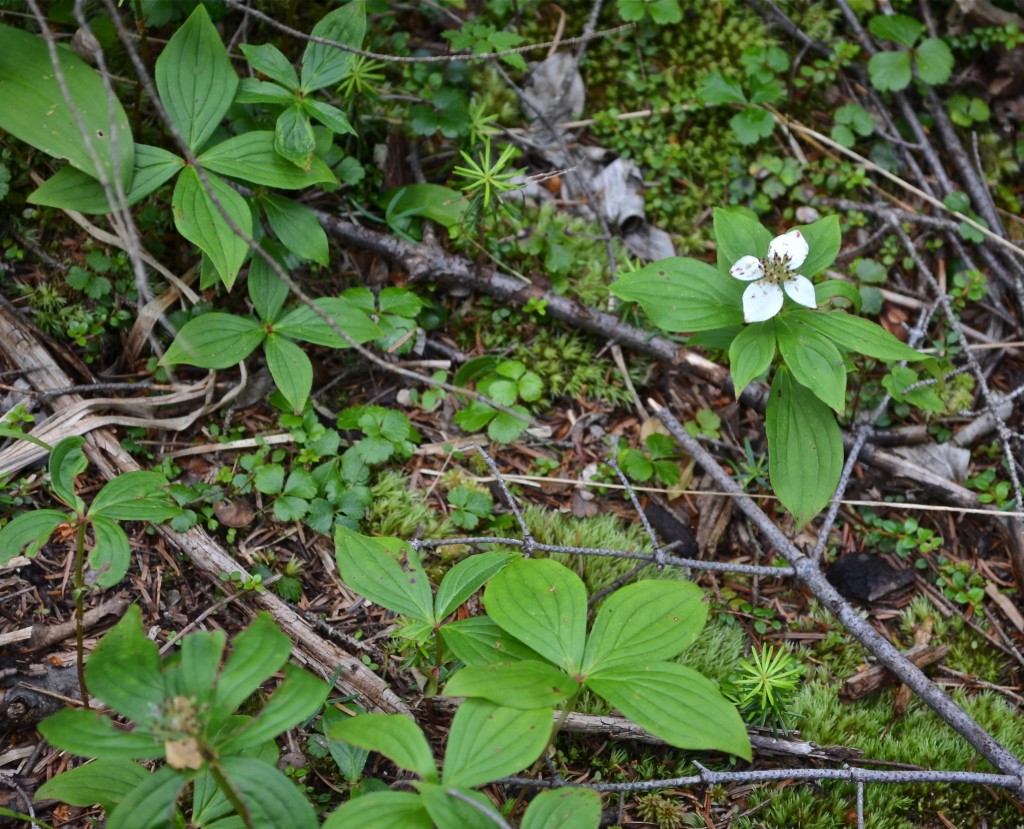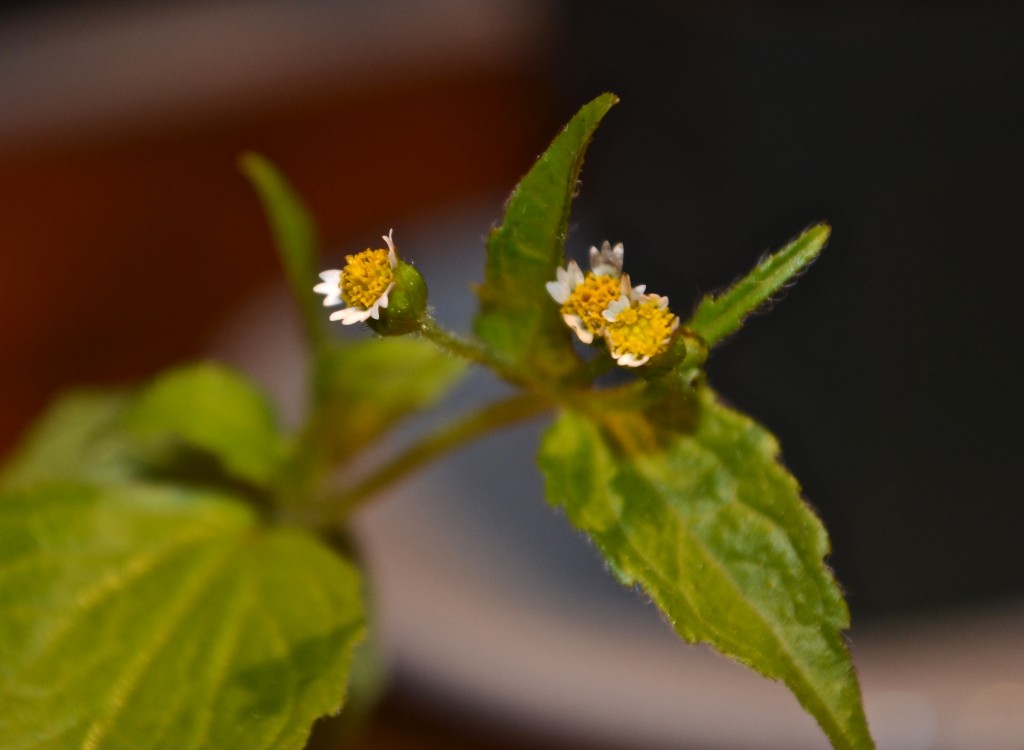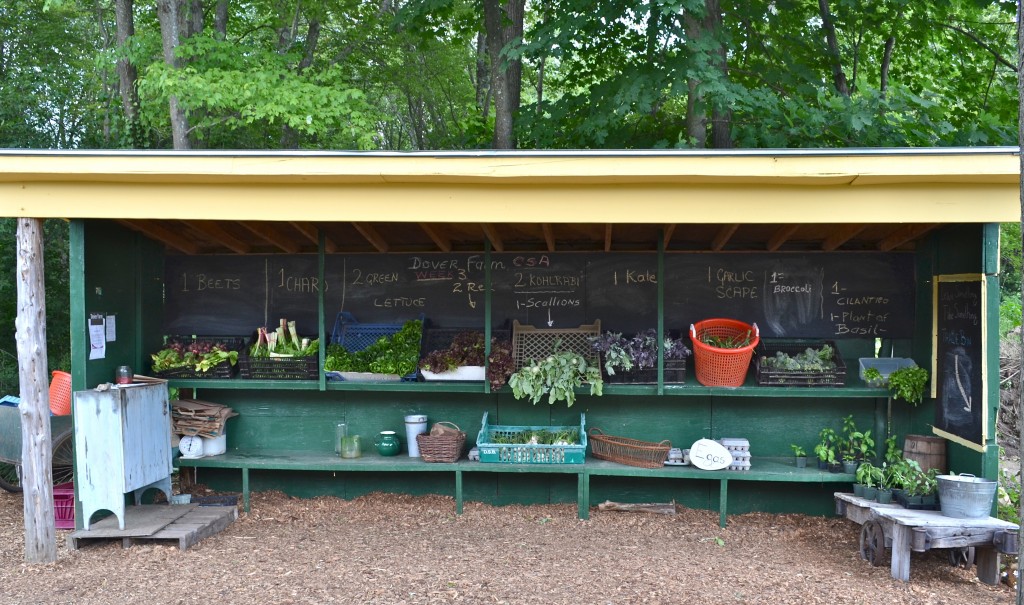I took this picture a few weeks ago when it first bloomed, but couldn’t identify it until recently, now that it is a couple of feet taller and has developed distinctive narrow seed capsules (siliques) that vertically hug the stem. I should take new pictures. In Europe it’s cultivated as food, for the leaves and the seeds which can be ground into mustard paste. Used as a condiment particularly in northern Europe. Also, was used to soothe sore throats, and called Singer’s Plant. Family Brassicaceae. Native of Europe and North Africa.
Hedge Mustard (Sisymbrium officinale)

